Selecting a wedding ring is a significant and symbolic step in the journey towards marriage. As a tangible representation of love and commitment, a wedding ring holds a special place in the hearts of couples. Choosing the perfect ring involves more than just aesthetics; it's a process that requires careful consideration of personal preferences, budget constraints, and the meaning behind this timeless piece of jewelry. In this guide, we'll explore the essential steps to buying the perfect wedding ring to make this cherished symbol as unique as your love story.
Understanding Preferences and Styles:
One must understand personal and style preferences before diving into the intricate details of selecting a wedding ring. Discussing choices with your partner will ensure the ring aligns with their taste and fits seamlessly into their lifestyle. Consider factors such as metal preferences (gold, platinum, or alternative metals), design styles (classic, modern, vintage), and whether a matching set or a more eclectic combination is desired.
Setting a Budget:
Establishing a budget is a practical and necessary step in the ring-buying process. Wedding rings can come at various prices, and having a clear mind and budget will help narrow the options. The budget should include the engagement ring and any additional bands, engraving, or customization. Remember that a wedding ring symbolizes commitment, and looking for the right balance between affordability and quality is critical.
Educating Yourself on Metals:
Wedding rings are crafted from various metals, each with unique characteristics. Common choices include gold, platinum, and alternative metals like titanium or tungsten. Gold comes in different karats (10k, 14k, 18k), with higher karats indicating a higher gold content. Platinum is known for its hypoallergenic and durable properties and is famous for those seeking white metal. Alternative metals offer affordability and modern appeal but may need to be more resizable.

Selecting the Right Gemstone:
While diamonds are mostly the traditional choice for engagement rings, many couples opt for alternative gemstones to personalize their rings. Sapphires, emeralds, and rubies are popular choices, each symbolizing unique qualities. Consider the durability and hardness of the chosen rock, as these factors will impact the long-term wear and tear of the ring.
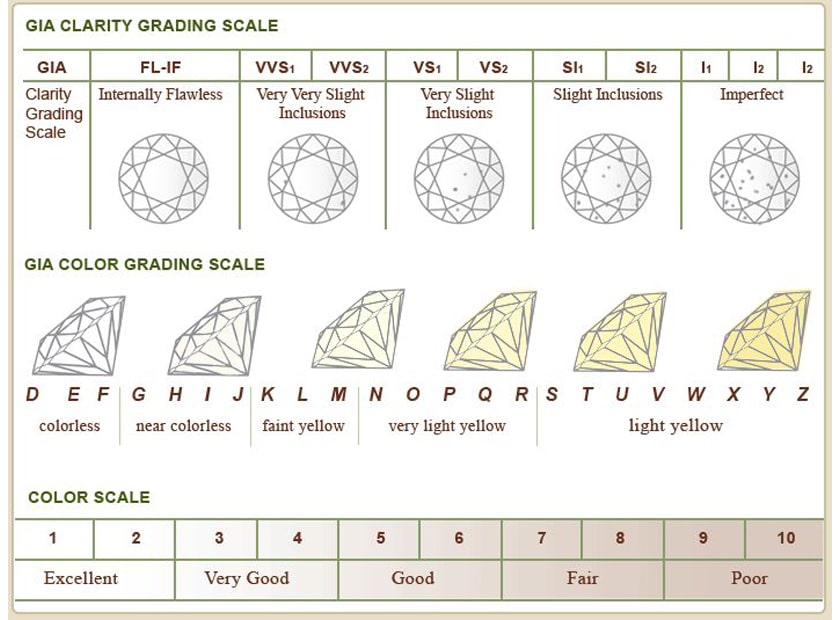
Choosing the Right Ring Size:
Ensuring the correct ring size is crucial in buying. While resizing is possible, getting it right from the start is best. Sneakily borrowing a ring from your partner's jewelry collection or enlisting the help of friends and family are common strategies to determine the correct size. If all else fails, many jewelers offer a ring sizing tool or can assist in determining the proper fit.
Exploring Ring Settings:
The ring's setting is not just about aesthetics; it also influences the overall durability and security of the gemstone. Standard locations include prong, bezel, channel, and pave. Each setting has advantages and considerations, such as the level of exposure for the gem and ease of cleaning. These options will help you choose a ring that suits both style and practicality.
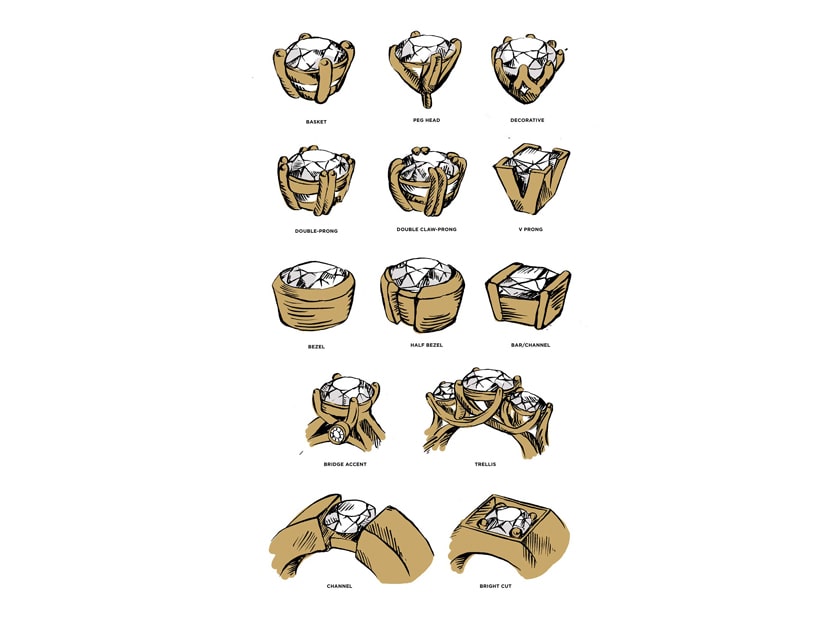
Considering Engraving and Personalization:
Adding a personal touch to the wedding ring through engraving is a cherished tradition. Couples often engrave special dates, initials, or meaningful phrases inside the ring. Before finalizing the purchase, discuss engraving options with the jeweler and ensure sufficient space for the desired inscription.
- Researching Jewelers and Retailers.
- Choosing a reputable jeweler is critical to the ring-buying process.
- Research for local jewelers or online retailers with great reviews and a history of quality craftsmanship.
- Look for certifications, such as those from GIA (Gemological Institute of America), to ensure the authenticity and quality of the gemstones.
- Take the time to visit different stores, do not hesitate to ask questions, and compare prices to make an informed decision.
Understanding Warranties and Return Policies:
An expensive wedding ring is a significant investment, and reading the warranty and return policies is essential for peace of mind. Inquire about the warranty coverage, which may include services like cleaning, resizing, and maintenance. Familiarize yourself with the return policy if the ring doesn't meet expectations. Clear communication with the jeweler will help avoid any surprises down the road.
Finalizing the Purchase:
After carefully considering all the abovementioned factors, it's time to make the final purchase. Confirm all the details, including the chosen metal, gemstone, setting, and engraving, before completing the transaction. If purchasing online, ensure the website is secure, and the payment process is transparent. Keep all relevant documentation, such as certificates and receipts, safe for future reference.
Conclusion:
Buying a wedding ring is a memorable and meaningful experience involving emotions, practical considerations, and thoughtful decision-making. From understanding personal preferences to researching metals and gemstones, each step creates a unique and cherished symbol of love. As you embark on this journey, remember that the perfect wedding ring is not just about the material and design—it's about the commitment and shared values it represents, making it a lasting testament to the union of two hearts.














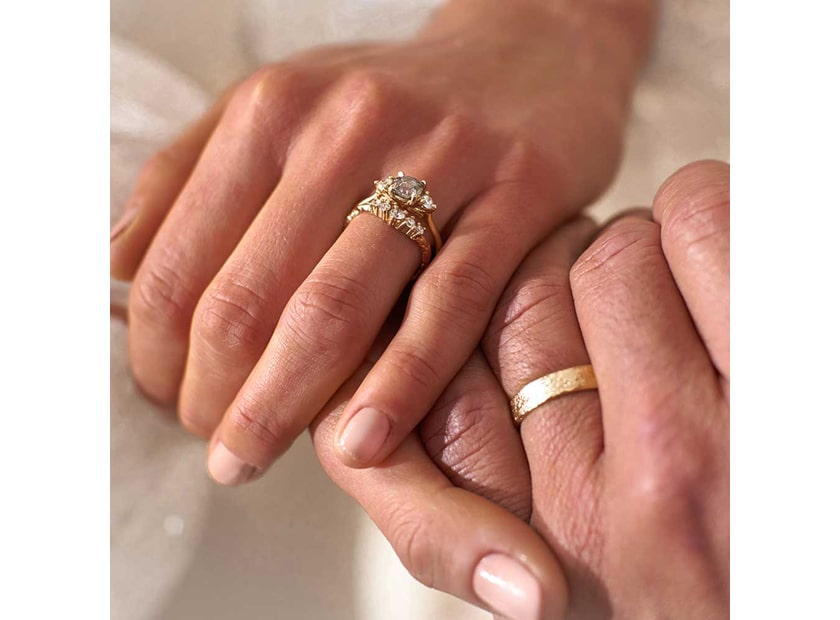
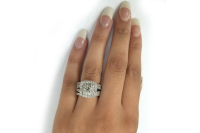

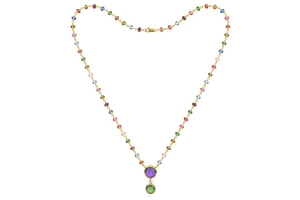
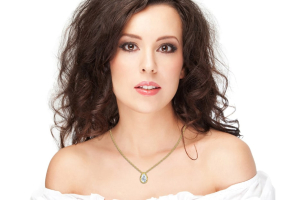
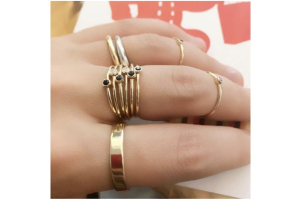
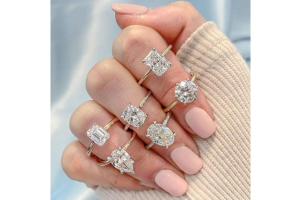
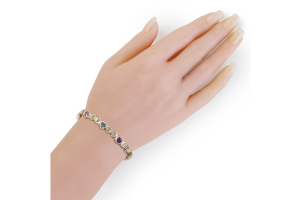
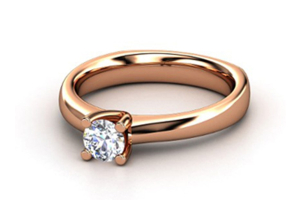
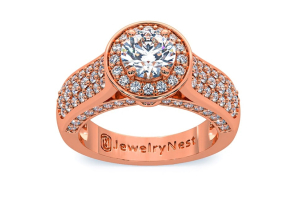
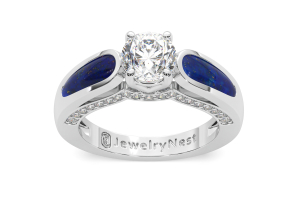
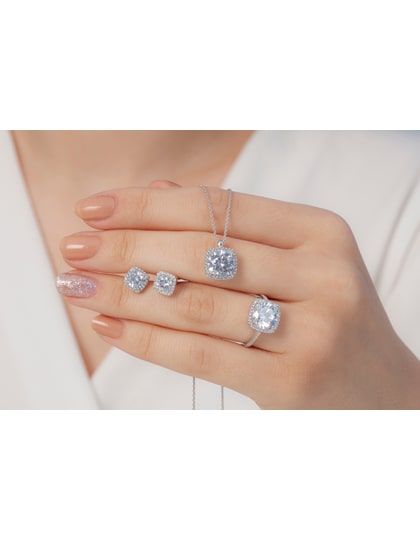
Validate your login